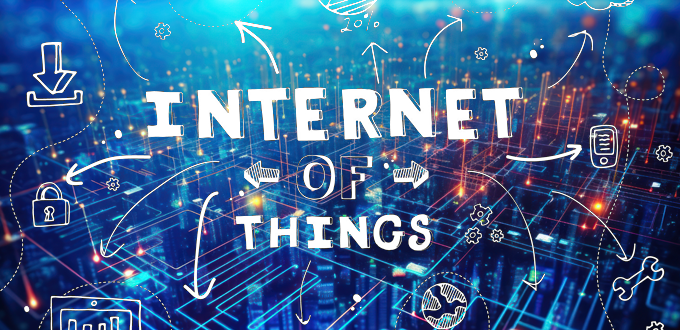Unleashing the IoT’s Potential with IPv6
04/06/2024

By Ricardo Andrés Pérez, former Director of Convergence and New Technologies at the Argentine Ministry of Modernization
Today, connectivity is undoubtedly the driver of the digital society, and the Internet of Things (IoT) has emerged as a solution to various latent needs. However, to realize its full potential, several key elements must be in place, one of which is a robust and scalable network infrastructure. This is where IPv6 becomes critically important in unlocking new possibilities for the IoT.
Overcoming Limitations: The New Generation of IP Addresses
The Internet exists and has evolved into what we know today thanks to the development of Internet Protocol version 4 (IPv4). IPv4 was designed to allow a little more than 4 billion IP addresses (using a 32-bit address space). However, for several years now, this number has not been enough to meet the growing global demand for connectivity, both among individuals and things. This is where IPv6 becomes not only necessary but also strategic, as this latest Internet protocol allows more than 340 sextillion unique IP addresses (using a 128-bit address space). It not only solves the current need for IP addresses, but together with standards such as LoRa and others, it allows a truly massive and diversified expansion of IoT solutions.
IPv6 and IoT, the Perfect Integration
IoT solutions continue to demand increasingly larger numbers of IP addresses. Studies estimate that approximately 30 billion connections will be required for IoT solutions by 2027. IPv6 adoption is crucial for the development and expansion of these solutions, as it allows the connection of billions of devices (industrial, residential, and so on). For example, in the future, solutions for industrial processes, smart metering, smart cities, and home automation could significantly increase the demand for new addresses.
In addition, IPv6 offers advantages in terms of security, simplifies network management, and reduces latency by eliminating the need for network address translation (NAT).
Looking to the Future: Challenges and Opportunities
The adoption of IPv6 in IoT solutions promises a future of innovation and unlimited connectivity. However, there are still challenges to overcome. These include interoperability between devices and platforms, which guarantees data security and privacy in an increasingly connected world.
The growing demand for connectivity (driven by IoT solutions) and progress in the deployment of IPv6 technology anticipate a future where each sensor —no matter how small— will have the potential to provide information capable of changing the way we live.
The views expressed are those of the author of this blog post and do not necessarily reflect the views of LACNIC.